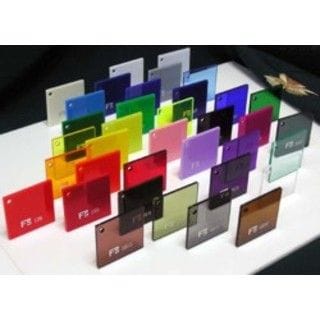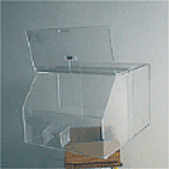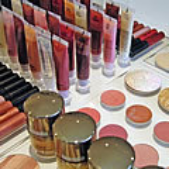Acrylics have been used extensively for many applications since the material was first invented in 1927 by Rohn & Haas A. G.
One of its first major uses was in air craft canopies, due to its formability, clarity, weather resistance & high impact resistance in comparison to glass. Many other applications have been created for this versatile product such as:Signage, Point of Sale Displays, Food Dispensers, Safety windows and all manner of fabricated products due to the ease of machining and gluing of the material.
SPECIFIC GRAVITY: (S.G.)
1.19THERMAL PROPERTIES
Deflection temperature under load (DTUL) are 75-100 Deg. Cent continuous service temperatures is 50 Deg. Cent.
CHEMICAL RESISTANCE
Acrylics are unaffected by most household detergents, cleaning agents, and solutions of inorganic acids, alkalies, and aliphatic hydrocarbons. Acrylics should not be used with chlorinated and aromatic hydrocarbons, esters and ketones.
OPTICAL CLARITY
Clear only has remarkable clarity where a beam of light falls normally on to the surface of the acrylic an overall light transmission of about 92% will be achieved.
FLAMMABILITY
Acrylics are combustible and this must be considered if used as a building material.
Clear as well as a range of translucent colours, Tint, Opal and solid colours.








